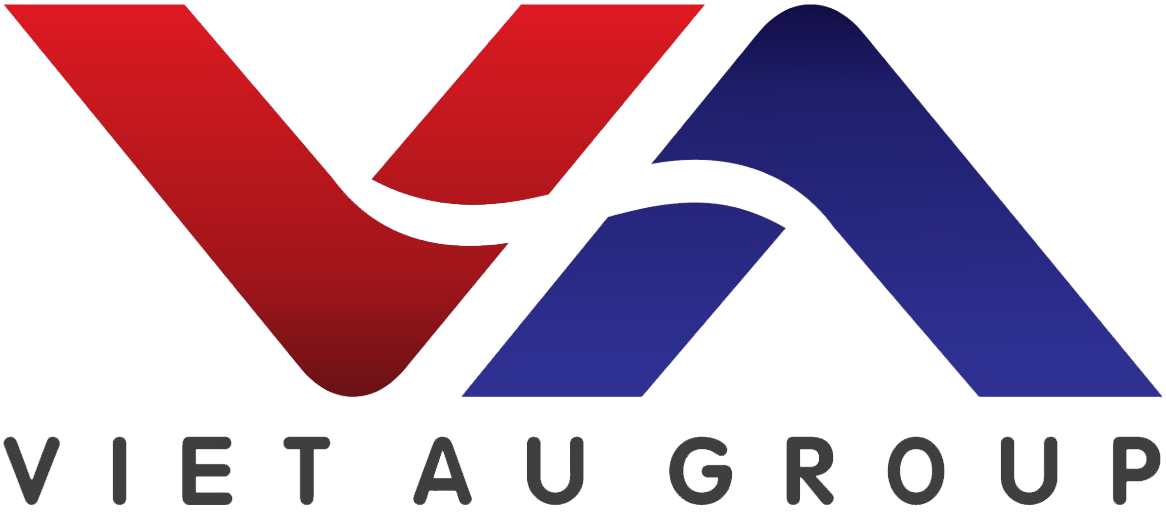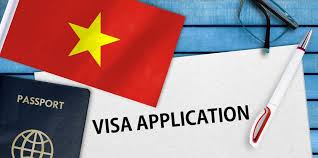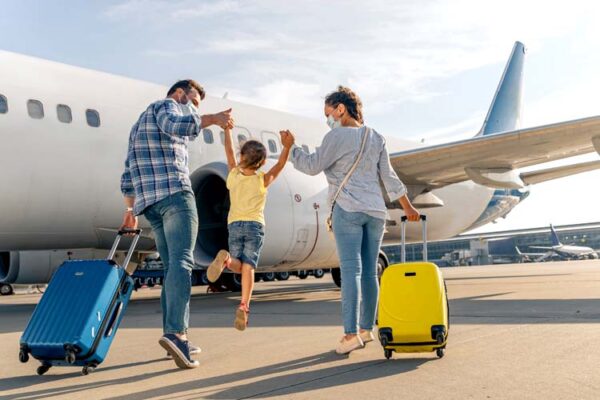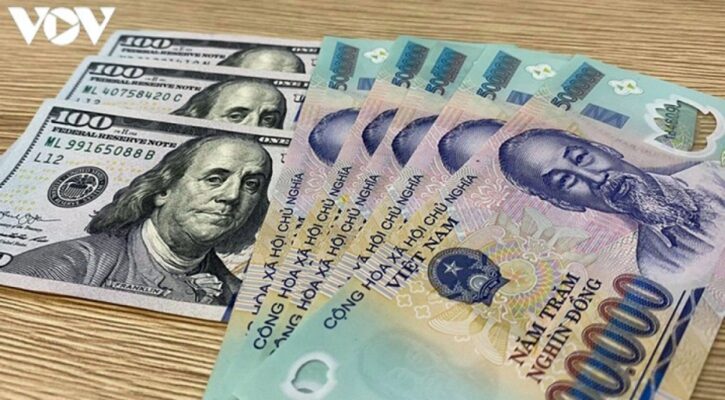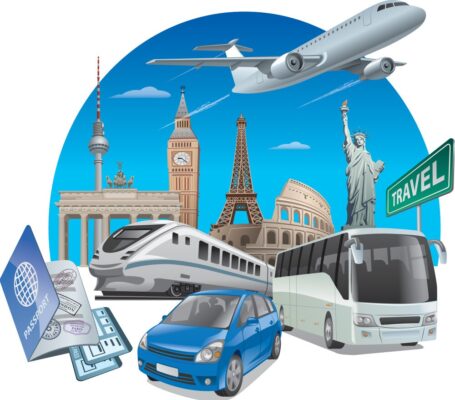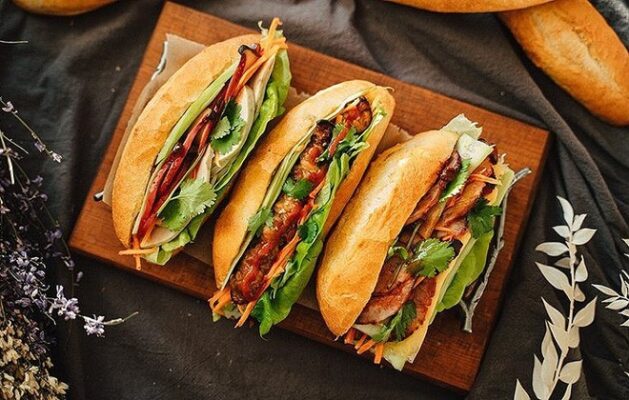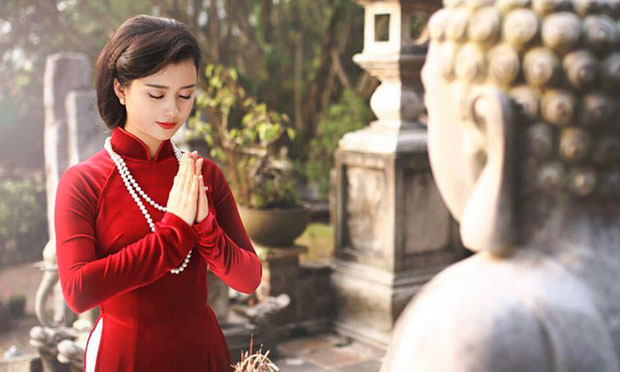Essential Travel Tips for Vietnam: A Complete Guide
Vietnam is a stunning destination known for its breathtaking landscapes, vibrant culture, and delicious cuisine. Whether you’re planning a short getaway or an extended journey, these essential travel tips will help you make the most of your trip.
 1. Visa and Entry Requirements
1. Visa and Entry Requirements
Vietnam requires visas for most travelers, but the process is straightforward. You can apply for an e-Visa online (valid for 90 days, single or multiple entries) or get a visa on arrival (for select nationalities). Make sure to check the latest requirements before your trip.
2. Best Time to Visit
Vietnam has three distinct climate regions:
- North (Hanoi, Sapa, Halong Bay): Best visited in spring (March-April) or autumn (September-November) for mild weather.
- Central (Hue, Da Nang, Hoi An): Ideal in February to May, when it’s dry and pleasant.
- South (Ho Chi Minh City, Mekong Delta, Phu Quoc): Warm year-round but best from December to April to avoid the rainy season.
 3. Money and Budgeting
3. Money and Budgeting
- The official currency is the Vietnamese Dong (VND). While USD is accepted in some places, it’s best to use VND for transactions.
- Cash is king, especially in local markets and smaller towns.
- Credit cards are accepted in big cities, but always carry some cash for taxis, street food, and small vendors.
- Bargaining is common in markets, so negotiate politely to get the best prices.
 4. Transportation Tips
4. Transportation Tips
- Domestic Flights: Ideal for long distances (e.g., Hanoi to Ho Chi Minh City).
- Trains: The Reunification Express is a scenic way to travel, especially for the Hue-Da Nang route.
- Buses and Minivans: Budget-friendly but can be crowded. Sleeper buses are great for overnight travel.
- Motorbikes: Renting a motorbike is popular, but ensure you have an international driving permit and wear a helmet.
- Taxis & Ride-hailing: Use Grab or Be apps to avoid scams.
 5. Food and Drink Safety
5. Food and Drink Safety
- Vietnamese cuisine is delicious! Don’t miss pho, banh mi, fresh spring rolls, and egg coffee.
- Eat at busy stalls with high turnover to ensure fresh food.
- Avoid tap water; drink bottled or filtered water.
- Try local beer (Bia Hoi) for a refreshing experience!
 6. Cultural Etiquette
6. Cultural Etiquette
- Remove shoes before entering homes and temples.
- Dress modestly when visiting religious sites.
- Avoid touching people’s heads, as it’s considered disrespectful.
- Learn basic Vietnamese phrases like “Cảm ơn” (Thank you) and “Xin chào” (Hello) to show politeness.
7. Staying Safe in Vietnam
- Vietnam is generally safe, but watch out for petty theft in crowded places.
- Be cautious when crossing roads—traffic is chaotic, so move slowly and predictably.
- Use hotel safes for valuables and be mindful of your belongings.
8. Packing Essentials
- Light, breathable clothing for the hot climate.
- A rain jacket or poncho for unexpected showers.
- Comfortable shoes for walking and hiking.
- Sunscreen, insect repellent, and a reusable water bottle.
9. Connectivity and Internet
- Vietnam has excellent Wi-Fi, even in remote areas.
- Get a local SIM card (Viettel, Mobifone, or Vinaphone) for cheap data and calls.
10. Unmissable Experiences
- Cruise through Halong Bay or Lan Ha Bay.
- Take a motorbike adventure through Ha Giang Loop.
- Explore the lantern-lit streets of Hoi An.
- Visit the Mekong Delta for floating markets.
- Hike the rice terraces in Sapa.
By keeping these tips in mind, you’ll enjoy a smooth, exciting, and unforgettable journey in Vietnam. HAPPY TRAVELS !
